Henry Duelberg Salvia, Mealy Cup Sage, Blue Sage, Mealy Sage, Duelberg Sage
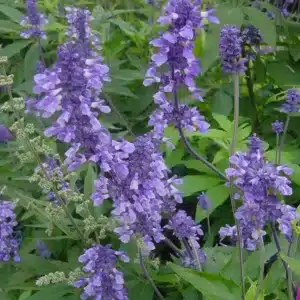
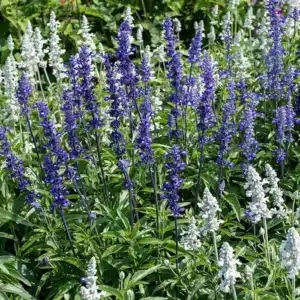
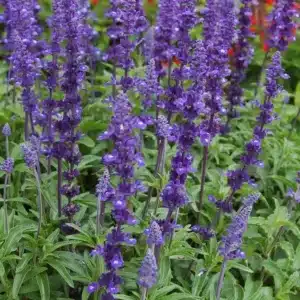
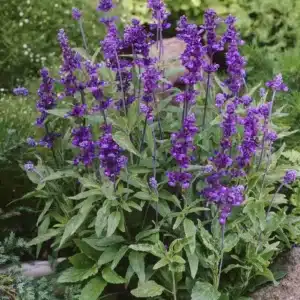
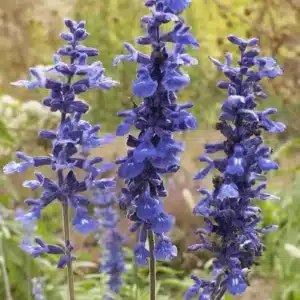
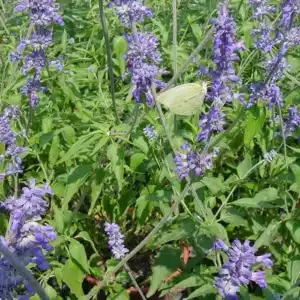
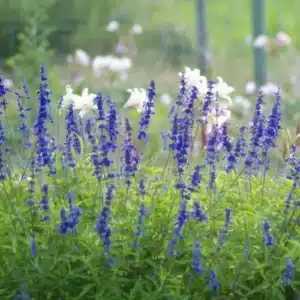
‘Henry Duelberg Salvia’ thrives in any well-drained soil under sunny conditions. This salvia will tolerate a bit of shade, but performs its best with 6-8 hours of full sunlight daily. ‘Henry Duelberg Salvia’ is easily propagated in late spring from seed, which can be directly planted into moist soil and lightly-covered. This salvia, in fact, will reseed itself, and the small new plants are easily transplanted. Stem cuttings, as well, may be taken from the plant in spring. The cutting should be about 6 inches long and stripped of all but the topmost leaves. To propagate, the cut end is dipped into rooting hormone powder and gently pressed into moist soil. The stem should then be placed into bright, indirect light and provided with consistent moisture until roots form. Additionally, mature plants can simply be divided in spring by gently lifting the root ball and removing a section of root to be transplanted as soon as possible into moist soil. The addition of organic matter at the time of planting is beneficial.
‘Henry Duelberg Salvia’ flourishes in well-drained soil with 6-8 hours of direct sunlight daily. This salvia tends to stretch toward the light if planted in too much shade and can become spindly or even require staking. Although extremely drought-tolerant once established, ‘Henry Duelberg Salvia’ will produce more blooms with regular weekly watering, especially during the summer heat. A couple of inches of mulch will help retain moisture and protect the roots; however, excessively wet soil invites fungal disease. The soil should be allowed to completely dry before watering.
‘Henry Duelberg Salvia’ does not require fertilizer.
‘Henry Duelberg Salvia’ will appear more lush and bloom more profusely if cut back six inches to one foot in the middle of summer. Any dead stems should be removed. Regular deadheading will encourage continuous blooms.
‘Henry Duelberg Salvia’ is not affected by any serious pests or diseases. Fungal diseases are preventable by making sure the soil drains well and that air is allowed to circulate around the plant.













